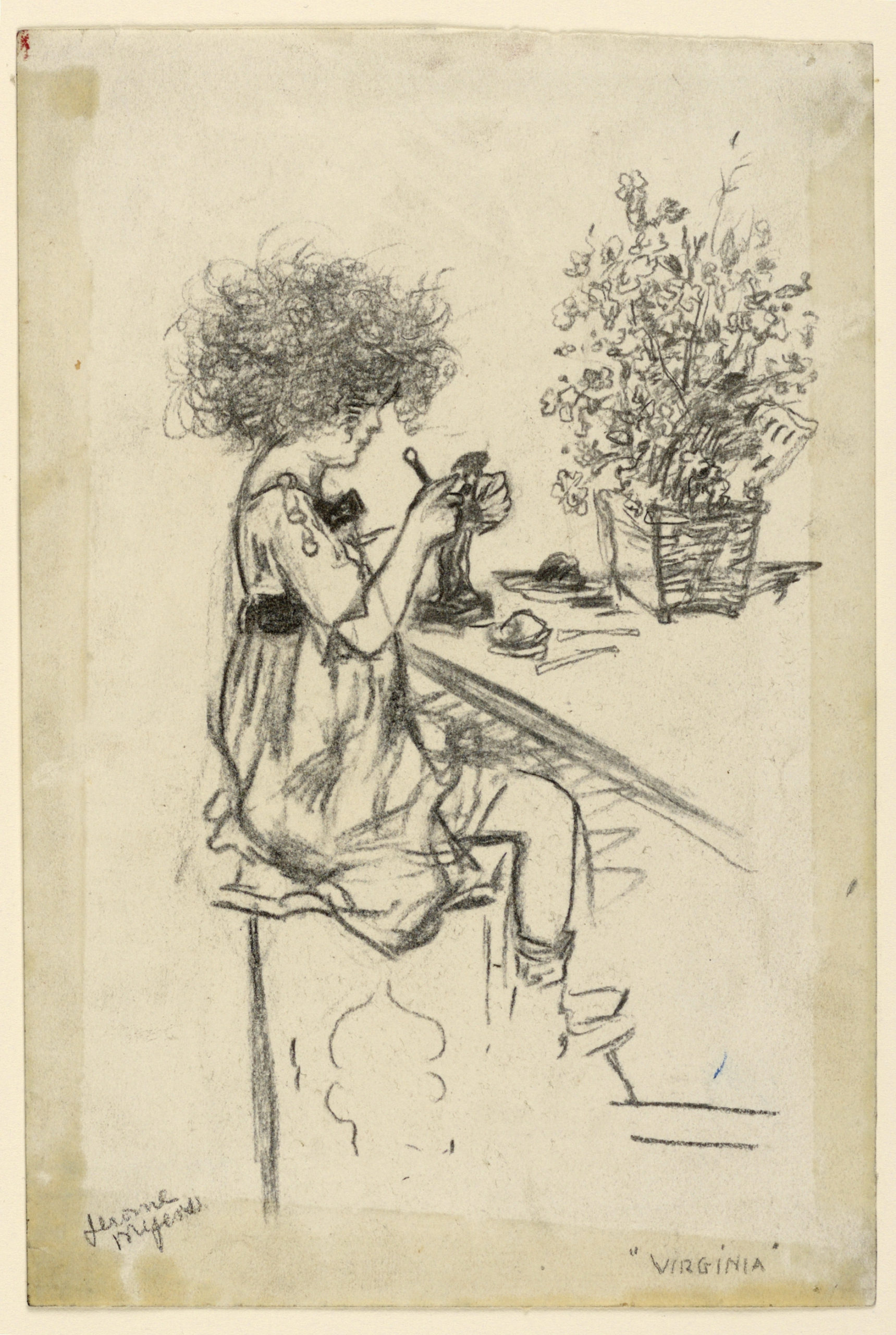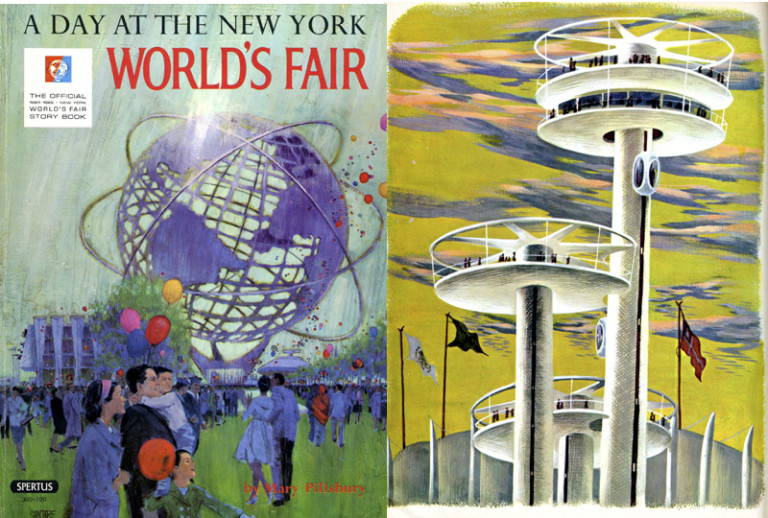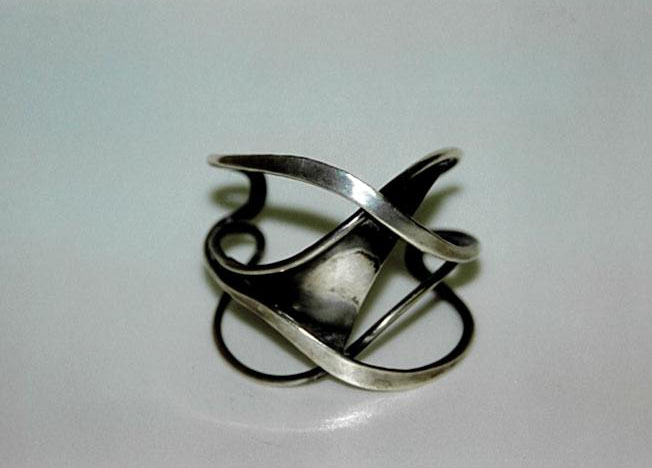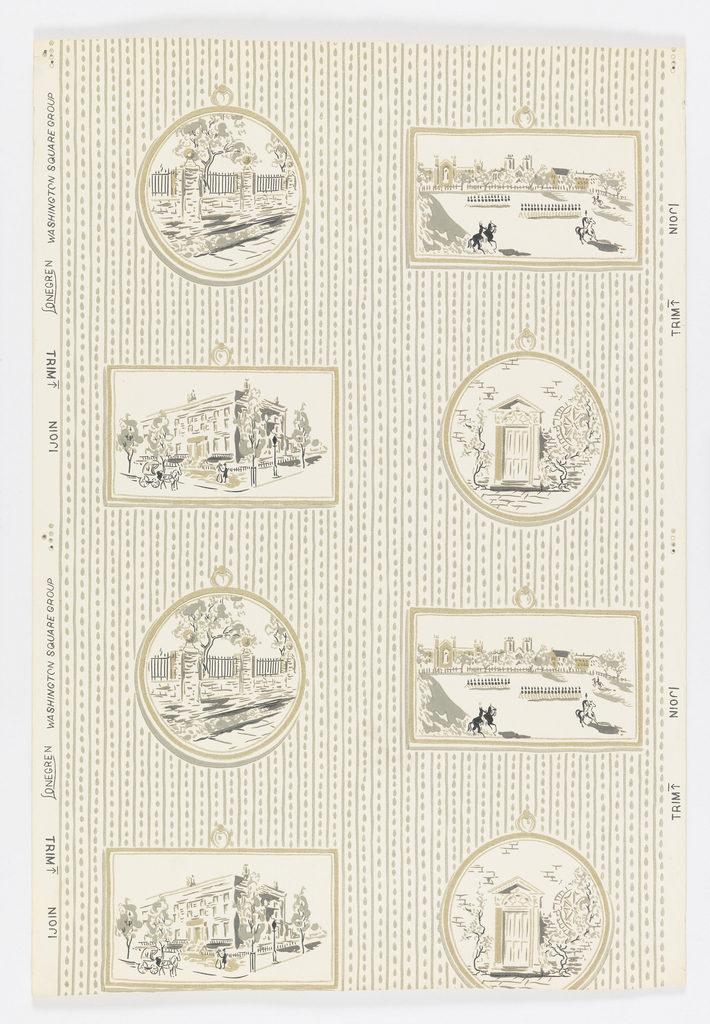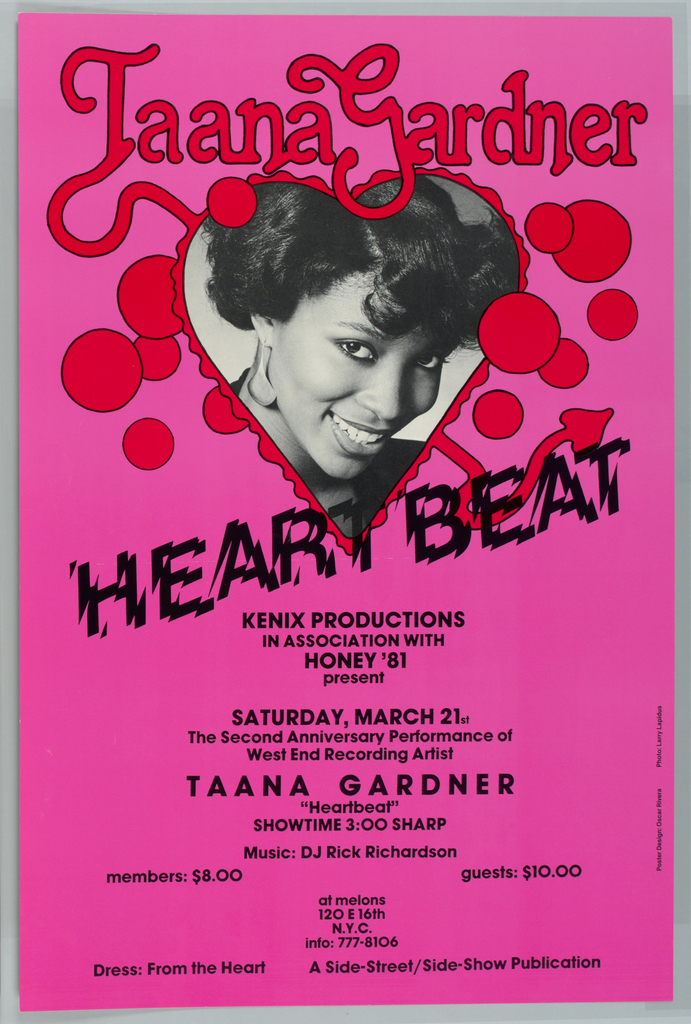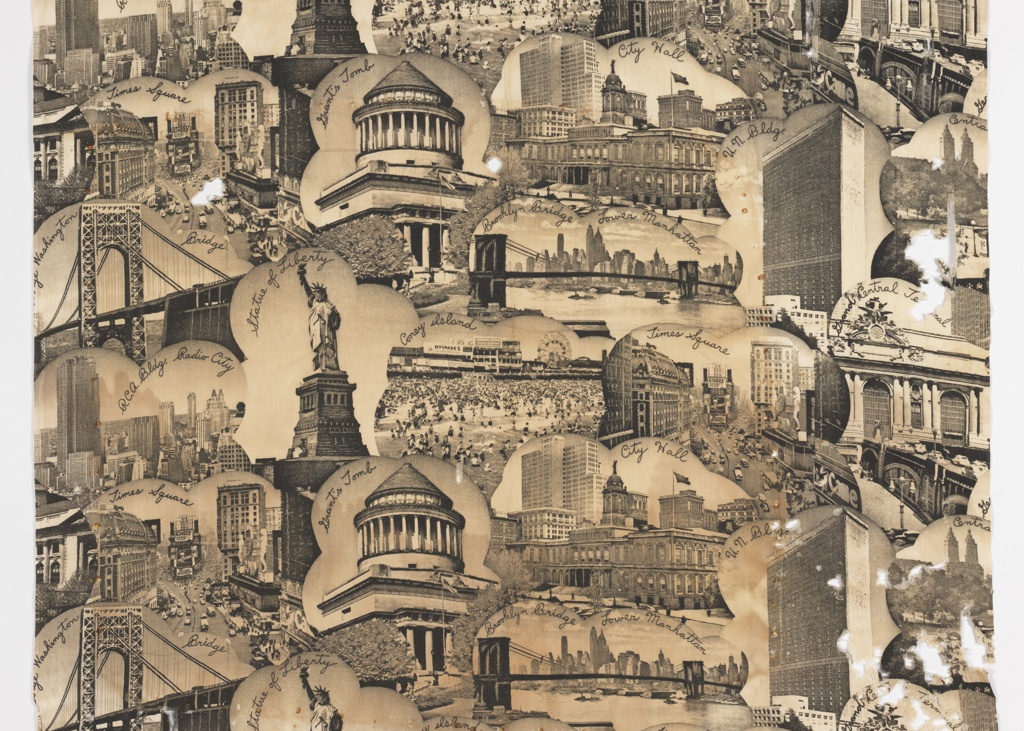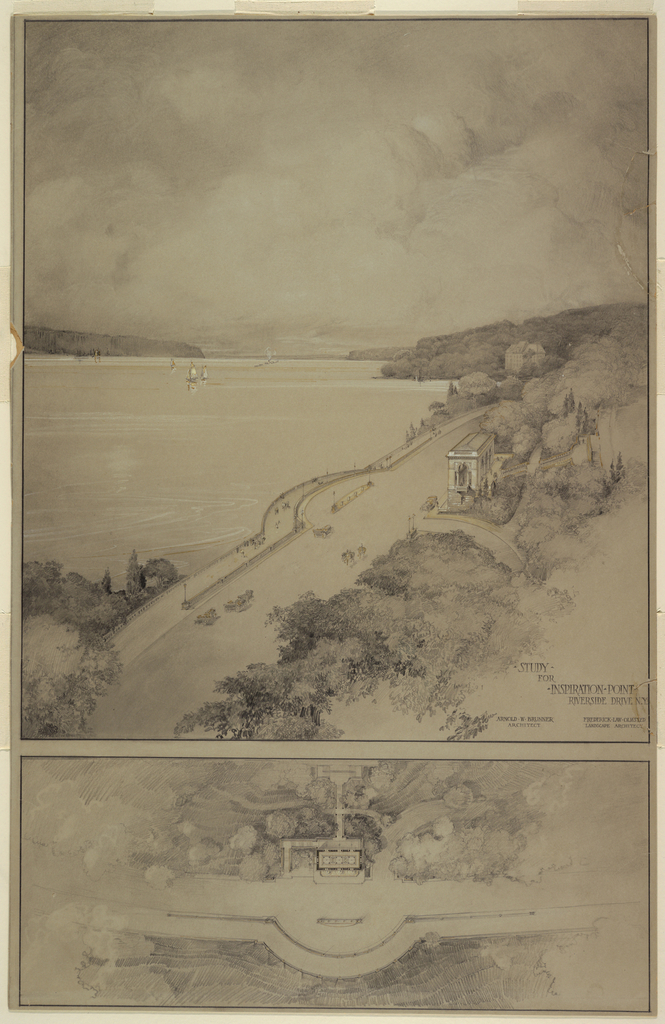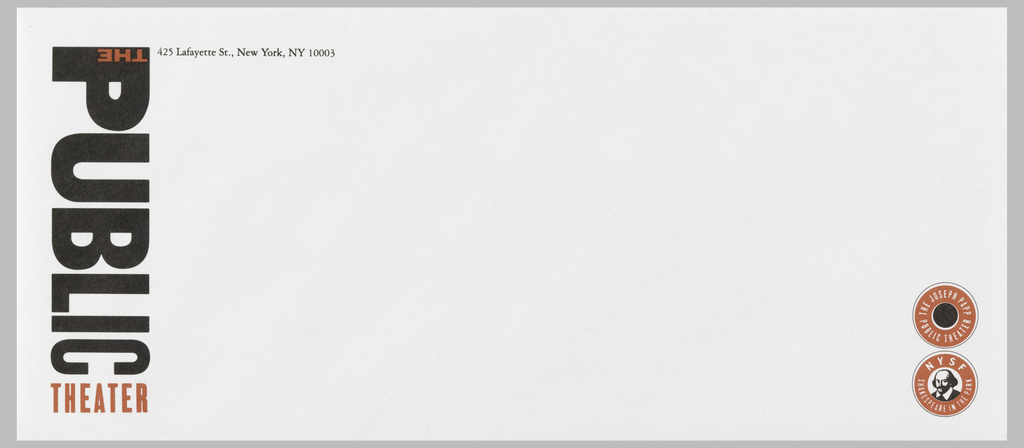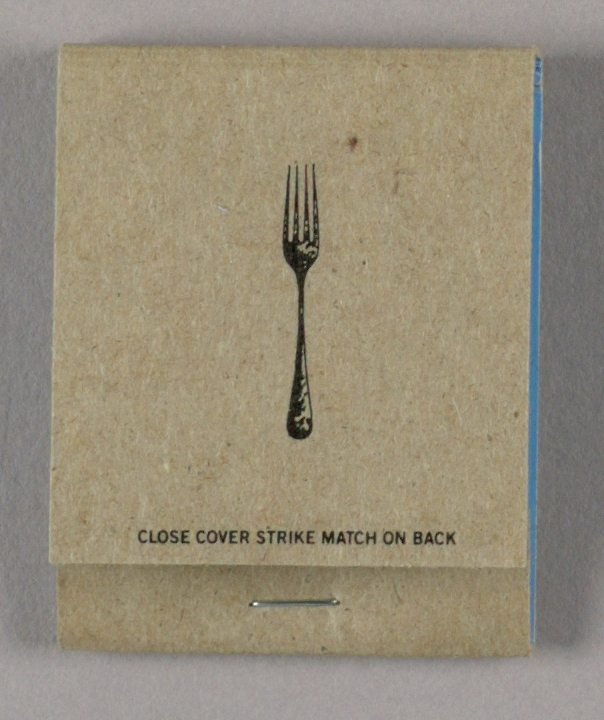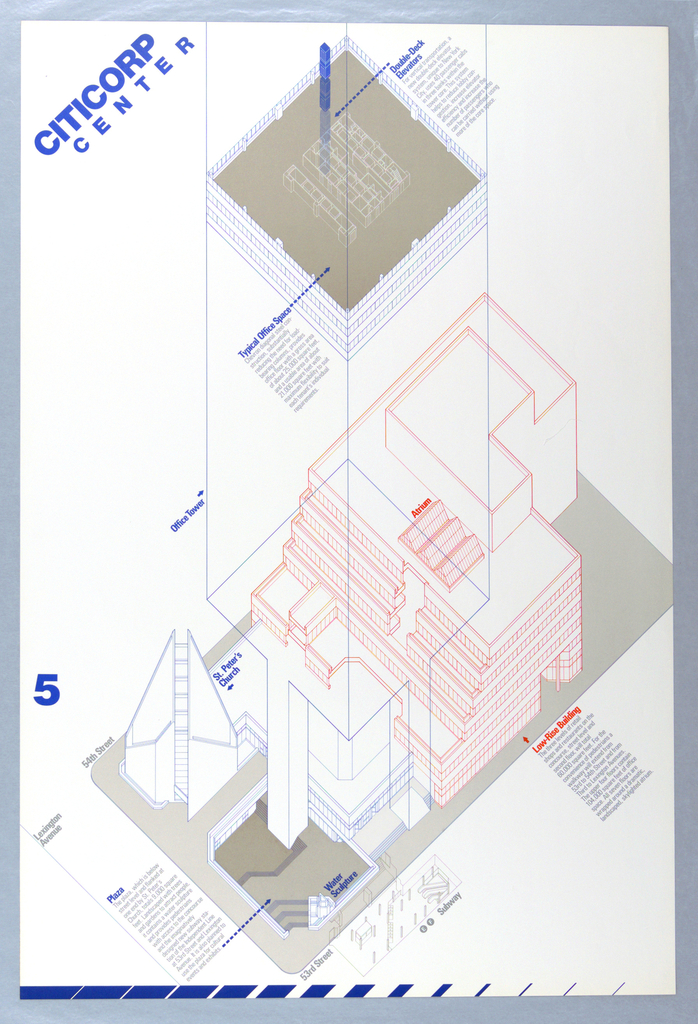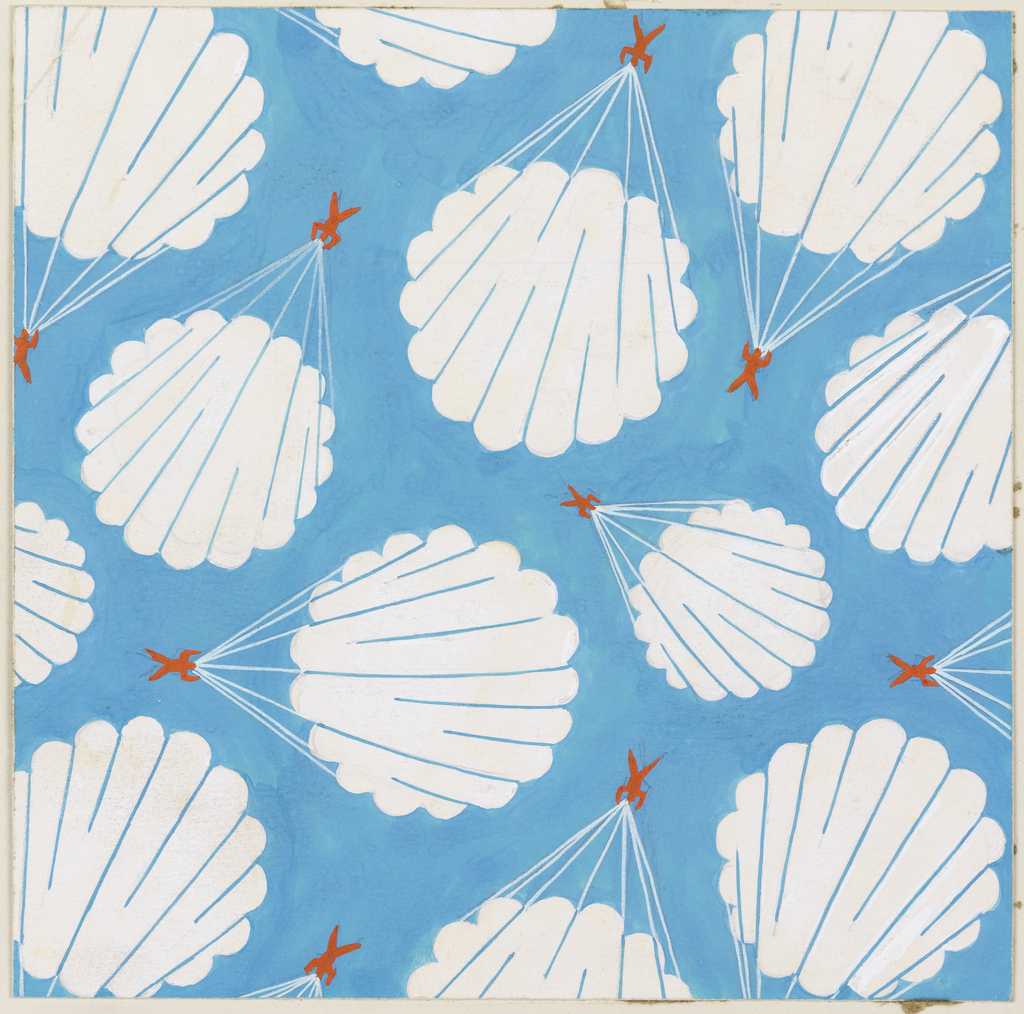Lean into the shifting season with this selection of autumnal objects from Cooper Hewitt’s permanent collection.
Jerome Myers always had a sketchbook close at hand. When weather prevented him from sketching city life in New York, he would turn instead to self-portraits or drawings of his family. In this sketch, the artist’s daughter—Virginia—sits at a table, making a small figurine out of clay. Born in Petersburg, Virginia, Myers moved with his...
This post was originally published on April 22, 2014. The Cooper-Hewitt Library has a large collection of over 2,000 World’s fair catalogues and books. Some are children’s souvenirs and stories. A day at the New York World’s Fair with Peter and Wendy brings back memories of certain things I remember from visiting the world’s fair.....
The first street signs in New York City, known as “direction boards,” were posted in 1793 and were largely used on horsecars.[1] They were intended to “rationalize the city’s built environment,” and have undergone many changes over the years. The recognizable rectangular shape of today’s signs, like this one in Cooper Hewitt’s collection, date to...
From the archives, an Object of the Day post on the jewelry of Art Smith, one of the designers featured in Jewelry of Ideas.
In celebration of Women’s History Month, March Object of the Day posts highlight women designers in the collection. Picture Gallery copies the format of a print room wallpaper. The trend for print rooms was said to have started in Paris during the 1720s, becoming fashionable in England by the 1750s. Print room walls were adorned...
Although some may claim that disco died a messy media “death” in 1979, in the early ’80s, its “Heartbeat” could still be heard reverberating on radio airwaves and in dance clubs across the United States.[1] Fame first found Taana Gardner in 1978, when she became an overnight sensation after recording the vocals for West End...
Author: Leigh Wishner In celebration of the third annual New York Textile Month, members of the Textile Society of America will author Object of the Day for the month of September. A non-profit professional organization of scholars, educators, and artists in the field of textiles, TSA provides an international forum for the exchange and dissemination...
At the turn of the twentieth century, architectural projects throughout New York City were designed to prescribe how citizens interacted with nature. Study for Inspiration Point, Riverside Drive, New York City is a conceptual plan by landscape architect Frederick Law Olmsted (1822—1903) and architect Arnold William Brunner (1857—1925) for the development of a park and recreation...
Written by Walei Subray Born in Egypt and raised in New York City, I’m a classic New Yorker. The only difference about me is that I drag a 58-inch black cane across the streets and sidewalks. That’s because I was born with a progressive eye condition called retinitis pigmentosa. As a child, I could see...
Paula Scher’s identity for New York’s Public Theater has become the ne plus ultra of graphic design. When it was created in 1994, no one had ever seen anything quite like it. With its bold red and black typography, the logo combined letters of different sizes, weights, and spacing, running vertically down the side of...
In the hot weeks of June 2008, patrons of New York restaurant Florent stuffed their pockets with matches, postcards and other ephemera emblematic of the 24-hour diner soon to close, “beloved in equal measure by celebrities on the A list and hedonists on the edge.” [1] The matches that were struck by both Calvin Klein...
A major proponent of “New Typography” in the United States, Dan Friedman received his formal education in Basel, Switzerland under Armin Hofmann, an influential educator and designer whose students disseminated the Swiss Style of graphic design in the late 1960s. Though Friedman’s portfolio had earned him teaching positions at Yale University and SUNY Purchase upon...
Ryan Maloney, Directory of Education and Programming at the National Jazz Museum in Harlem, connects the themes found in The Jazz Age: American Style in the 1920s with the musical culture in Harlem at the time.
LIFE magazine deemed him as a “dressmaker in silver” in 1939, but Tommi Parzinger was an incredibly versatile designer, celebrated for his furniture, wallpaper, packaging and textiles.[1] Parzinger designed furnishings for socialites, decorators, and celebrities like Marilyn Monroe and the Rockefellers and he established himself as a man about town in the glamorous circles of...

